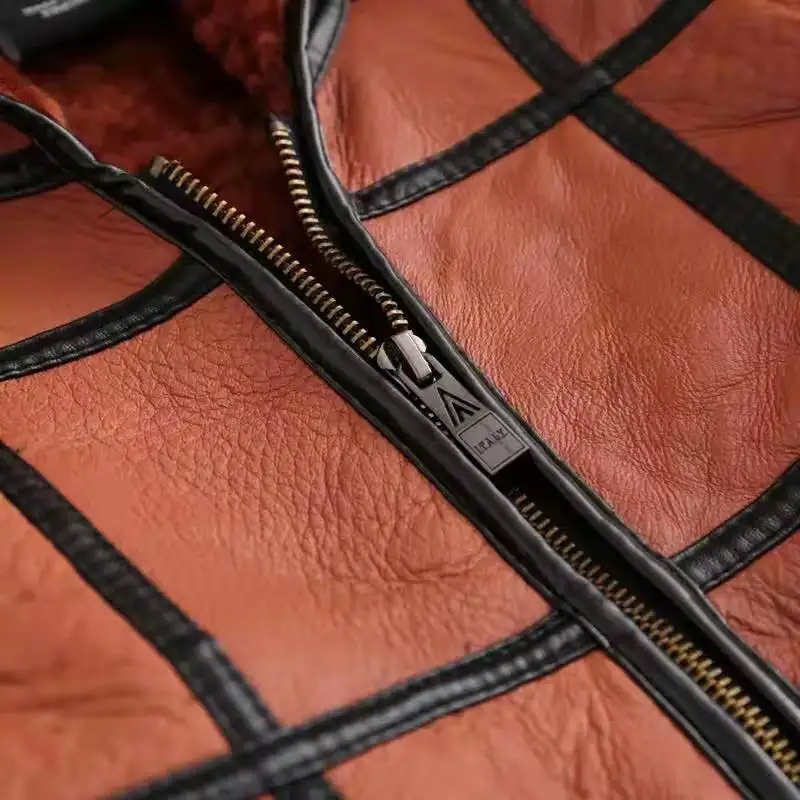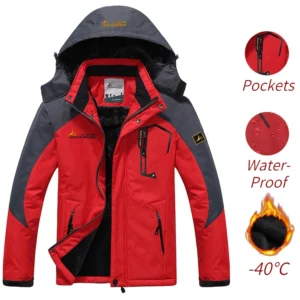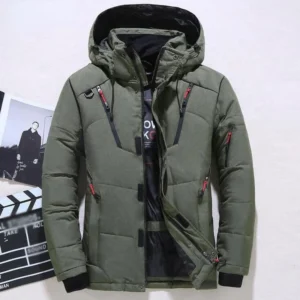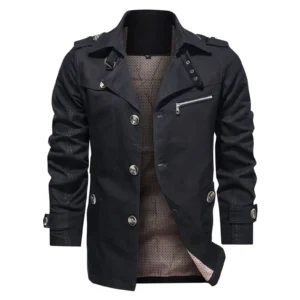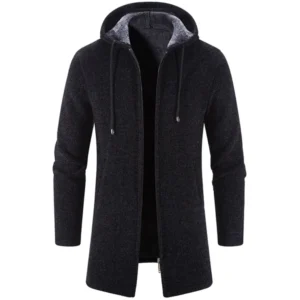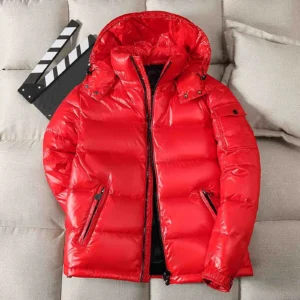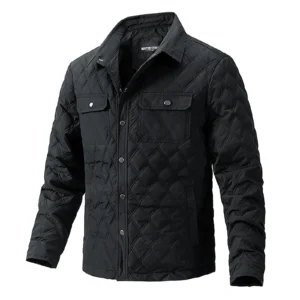Understanding Insulation Types and Their Warmth Metrics
When shopping for winter outerwear, the insulation type dramatically affects both comfort and performance. Down and synthetic insulation represent the two primary options available to consumers, each with distinct properties and performance characteristics.
At its most basic level, insulation works by trapping air in small pockets, creating a thermal barrier between your body and the outside environment. This trapped air slows heat transfer, keeping your body warmth from escaping into the cold surroundings. The effectiveness of this process depends on several factors:
- Loft – The amount of space the insulation can fill when fully expanded
- Density – How tightly packed the insulating material is
- Moisture resistance – How the insulation performs when exposed to humidity or water
- Recovery – How well the insulation returns to its original loft after compression
When evaluating insulation warmth, consumers should focus on different metrics depending on insulation type. For down, “fill power” serves as the primary indicator, while synthetic options typically use “grams per square meter” (gsm) measurements.
The right coat length works together with quality insulation to provide comprehensive protection against winter elements. Similarly, understanding winter jacket temperature ratings helps you match insulation performance to your specific climate needs.
In this comprehensive guide, we’ll compare these insulation types across all relevant performance factors, helping you make an informed decision when choosing from various men’s winter coats and other insulated gear.
Down Insulation: Understanding Fill Power and Warmth Ratings
Down insulation consists of the soft, fluffy clusters found beneath the feathers of ducks and geese. These clusters create thousands of tiny air pockets that trap body heat and create exceptional warmth.
Fill power stands as the most important metric when evaluating down quality. Simply put, fill power measures how many cubic inches one ounce of down fills when allowed to reach full loft under standard laboratory conditions. The higher the fill power number, the better the insulating efficiency:
- 550-650 fill power: Entry-level down with good insulation properties
- 700-750 fill power: High-quality down offering excellent warmth-to-weight ratio
- 800+ fill power: Premium down providing exceptional insulation with minimal weight
A critical concept to understand is that fill power indicates efficiency, not absolute warmth. For example, a 2-ounce amount of 800 fill power down will loft to 1600 cubic inches, while the same weight of 600 fill power will only reach 1200 cubic inches. For total warmth, you must consider both fill power and fill weight (the total amount of down used).
Goose down typically achieves higher fill powers than duck down, with premium goose down reaching 900+ fill power. Duck down usually tops out around 750-800 fill power but can provide excellent value in the middle range of the market.
When shopping for quality men’s down coats, understanding these fill power specifications helps you select the appropriate level of insulation for your climate and activities.
Synthetic Insulation: Decoding GSM and Technology Differences
While down insulation relies on natural clusters, synthetic insulation uses manufactured polyester fibers designed to mimic down’s insulating properties. Unlike down’s fill power rating, synthetic insulation is typically measured in grams per square meter (gsm), indicating the weight of insulation per unit area.
Common synthetic insulation weights and their applications include:
- 40-60 gsm: Lightweight insulation for mild conditions or high-activity pursuits
- 80-100 gsm: Mid-weight insulation suitable for average winter conditions
- 120-200+ gsm: Heavy insulation for severe cold or low-activity situations
Beyond simple gsm measurements, various synthetic technologies offer different performance characteristics:
- Short-staple insulations (like PrimaLoft One): Composed of short, fine fibers that mimic down’s softness and compressibility
- Continuous filament insulations (like Climashield): Use longer, continuous fibers that enhance durability and loft retention
- Hybrid technologies: Combine different fiber types to balance warmth, compressibility, and moisture management
Many leading brands have developed proprietary synthetic technologies with specific performance characteristics. Thinsulate offers exceptional warmth relative to its thickness, while Thermolite provides superior moisture management and quick-drying properties.
For varying winter conditions, men’s insulated coats with synthetic fills offer reliable performance, particularly in unpredictable weather where moisture might compromise down insulation.
Comparative Warmth Analysis: Down vs. Synthetic Head-to-Head
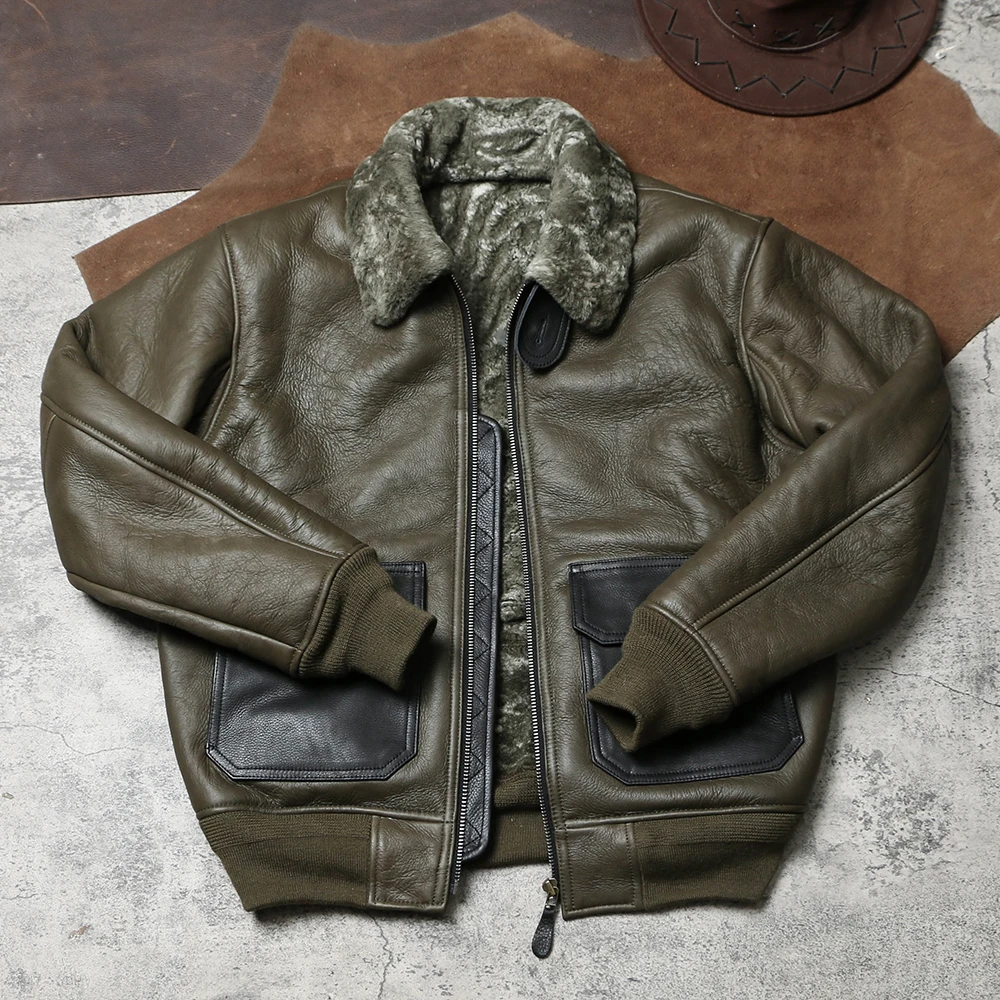
When directly comparing down and synthetic insulation, several key performance factors determine which material might better suit your needs:
| Characteristic | Down Insulation | Synthetic Insulation |
|---|---|---|
| Warmth-to-weight ratio | Superior (30-40% lighter for equivalent warmth) | Good but heavier |
| Compressibility | Excellent (compresses to smaller size) | Moderate |
| Wet weather performance | Poor (loses up to 90% insulation when wet) | Good (retains 50-70% warmth when wet) |
| Dry time | Slow (can take hours or days) | Fast (often hours) |
| Durability | Moderate (degrades after many compressions) | Good (maintains performance longer) |
| Cost | Higher | Lower |
In dry conditions, down insulation offers unmatched thermal efficiency. A 15oz down jacket might provide the same warmth as a 20-22oz synthetic jacket. However, this advantage disappears when moisture enters the equation.
When wet, down clusters collapse and lose their loft, severely compromising their insulating ability. Even with water-resistant treatments, prolonged exposure to moisture significantly reduces down’s effectiveness. By contrast, synthetic insulation maintains much of its insulating capability when wet and dries significantly faster.
For temperature ratings, equivalent weights of insulation typically provide these rough guidelines:
– 800 fill power down (3oz): Comfortable to approximately 30-40°F
– 100gsm synthetic: Comfortable to approximately 35-45°F
For a deeper understanding of how these insulation types perform across different products and scenarios, exploring insulation types warmth explained provides valuable insights for making informed decisions.
Beyond Basic Warmth: Other Performance Factors
While warmth serves as the primary consideration when choosing insulation, several other performance factors significantly impact real-world usability:
Compressibility and Packability
– Down compresses 30-40% smaller than synthetic alternatives
– Down rebounds better after compression in short timeframes
– Synthetic insulation maintains more consistent loft after multiple compressions
Weight Comparison
– For equivalent warmth, down weighs approximately 25-40% less
– A 20°F rated down sleeping bag might weigh 2lbs compared to 3-3.5lbs for synthetic
– Weight difference becomes more pronounced in extremely cold weather gear
Durability Factors
– Synthetic insulation typically maintains its insulation value longer through repeated use
– Down gradually loses loft after hundreds of compression cycles
– High-quality down can last 10+ years with proper care, versus 5-7 years for synthetic
Breathability Differences
– Down allows better moisture vapor transfer in dry conditions
– Advanced synthetic insulations with varied denier fibers improve breathability
– Hybrid constructions often place synthetic insulation in high-moisture areas and down elsewhere
Understanding your personal priorities helps determine which factors matter most. For example, ultralight backpackers might prioritize weight savings from down, while those in consistently wet climates might choose synthetic despite the weight penalty.
The men’s coat length guide provides additional information on how coat design works with insulation type to achieve optimal performance for different body types and activities.
The Impact of Moisture on Insulation Performance
Moisture represents the most significant performance differentiator between down and synthetic insulation. Understanding this difference is crucial when selecting appropriate gear for your activities.
When down becomes wet, its fine structure collapses as water replaces the air between fibers. This dramatically reduces loft, creating a flat, heavy material with minimal insulating properties. In extremely wet conditions, down insulation can lose up to 90% of its thermal efficiency. Even worse, wet down requires significant time to dry—often 5-10 times longer than synthetic alternatives.
Modern hydrophobic down treatments apply water-resistant coatings to individual down clusters, helping them resist moisture and maintain loft longer in damp conditions. These treatments can significantly improve performance:
- Untreated down: Begins losing insulation when exposed to humidity
- Hydrophobic down: Resists light moisture for several hours
- Synthetic insulation: Maintains 50-70% insulation capacity even when completely wet
For activities where moisture is likely—either from precipitation or perspiration—synthetic insulation provides significant advantages. Many hooded winter coats feature synthetic insulation in moisture-prone areas like the hood, shoulders, and cuffs while using down in drier core zones.
Construction Methods and Their Effect on Warmth
The construction technique used to contain insulation plays a crucial role in overall thermal efficiency, regardless of the insulation type used.
For down insulation, baffle construction creates the chambers that hold down in place. Two primary methods include:
Sewn-through construction: The outer and inner fabrics are stitched directly together, creating distinct down chambers. This technique is lightweight and less expensive but creates potential cold spots at the seams where no down exists.
Box baffle construction: Uses additional fabric to create three-dimensional chambers, allowing down to fully loft around all sides. This eliminates cold spots but adds weight and cost to the garment.
For synthetic insulation, construction options include:
- Sheet insulation: Continuous layers of synthetic insulation that minimize cold spots
- Quilted construction: Similar to sewn-through down but with less dramatic cold spots
- Offset quilting: Staggers the quilting pattern between shell and lining to reduce cold spots
The shell fabric itself also impacts insulation performance. Tightly woven, downproof fabrics prevent insulation from escaping while blocking wind, enhancing perceived warmth. Some premium garments use varying shell fabrics in different areas to balance breathability with wind resistance.
The relationship between short vs long coats and insulation construction is particularly important, as longer garments require careful design to maintain consistent insulation throughout their larger surface area.
Hybrid Insulation: Combining the Best of Both Worlds
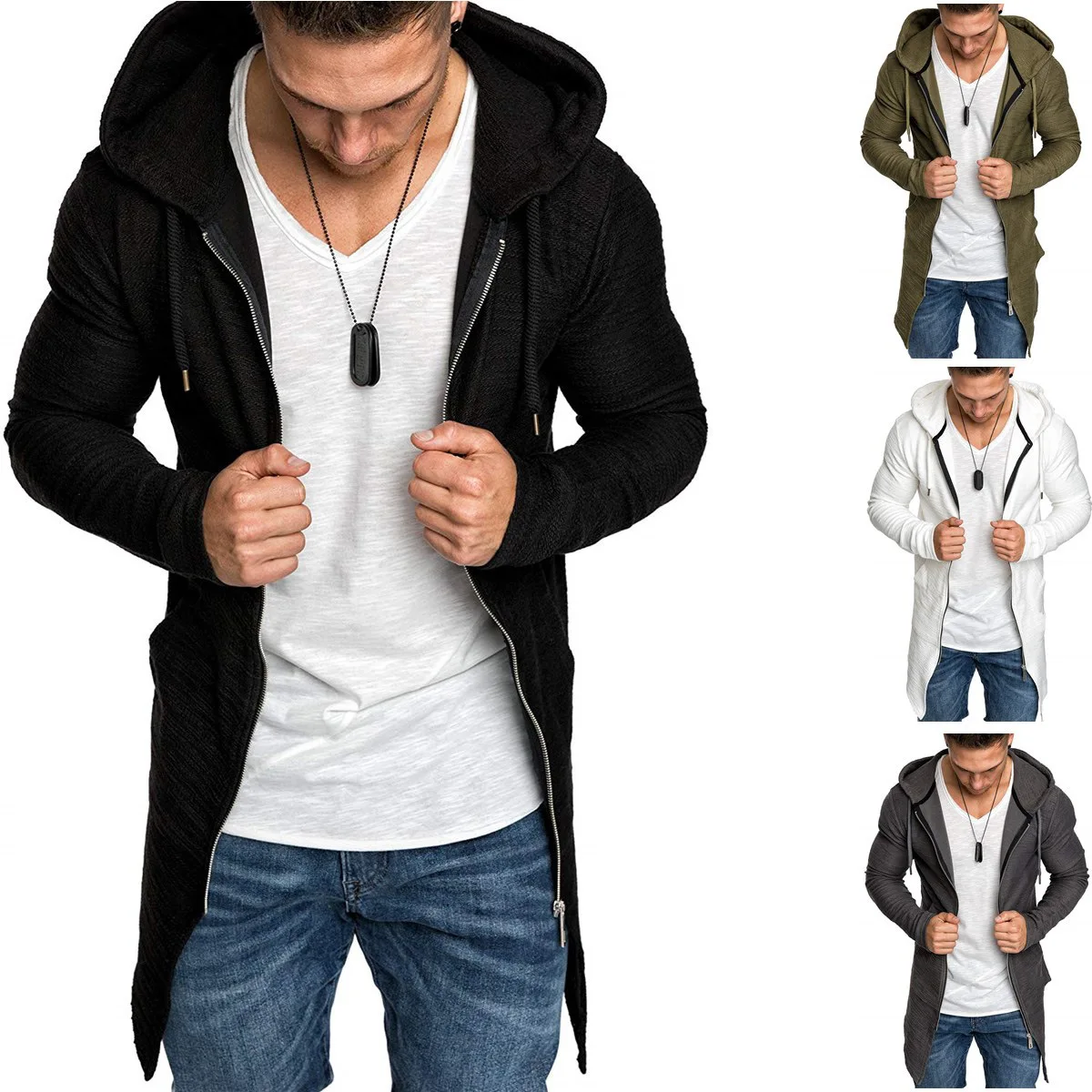
Innovative manufacturers have developed hybrid insulation systems that strategically combine down and synthetic materials to maximize benefits while minimizing drawbacks. These hybrid approaches typically follow one of two strategies:
Zone-specific placement: Using synthetic insulation in high-moisture areas (hood, shoulders, cuffs, underarms) while placing down in core areas that stay drier and benefit most from down’s superior loft.
Blended insulation: Mixing synthetic fibers with down clusters to create an insulation material that maintains some loft when wet while providing better warmth-to-weight than pure synthetic.
The advantages of hybrid systems include:
– Better overall performance in variable conditions
– Reduced weight compared to all-synthetic options
– Enhanced moisture resistance compared to all-down options
– Often lower cost than premium all-down alternatives
The technology behind hybrid systems continues to evolve, with some manufacturers creating proprietary blended insulations that approach down’s efficiency while maintaining synthetic’s wet-weather performance.
For consumers trying to compare these complex systems, understanding coat warmth ratings helps decode the temperature ranges where hybrid insulation performs best.
When to Choose Down: Ideal Conditions and Activities
Down insulation excels in specific situations where its unique properties provide clear advantages:
Best Environmental Conditions for Down:
– Cold, dry climates with low humidity
– Alpine environments with below-freezing temperatures
– Winter conditions with minimal precipitation
– Indoor use or urban settings with limited exposure
Activities Where Down Performs Best:
– Winter backpacking and mountaineering in dry conditions
– Cold-weather camping requiring packable insulation
– Everyday urban wear in cold, dry climates
– Any situation where minimizing weight and pack size is critical
User Priorities that Favor Down:
– Maximum warmth-to-weight ratio is essential
– Packability takes precedence over moisture resistance
– Comfort and softness are high priorities
– Long-term investment in premium materials is desired
For extreme cold environments, heavy winter coats with high fill power down provide unmatched warmth without excessive weight.
When to Choose Synthetic: Optimal Use Cases
Synthetic insulation offers distinct advantages in certain scenarios where down might struggle:
Ideal Environmental Conditions for Synthetic:
– Wet, rainy, or humid climates
– Marine environments with constant moisture exposure
– Mixed precipitation conditions (rain, sleet, snow)
– Temperatures around or slightly below freezing
Activities Suited for Synthetic Insulation:
– Winter sports with high exertion (creates internal moisture)
– Wet climate hiking and backpacking
– Work environments where insulation may get wet
– Activities requiring low maintenance gear
User Priorities Aligned with Synthetic:
– Reliability in varying weather conditions
– Budget-consciousness (generally 30-50% less expensive)
– Easy care and maintenance
– Allergy concerns (down can trigger allergies in sensitive individuals)
Mens Heavy Winter Coat, Mens Insulated Coat, Mens Parka Coat
Price range: $175.52 through $237.36 Select options This product has multiple variants. The options may be chosen on the product pageMens Big and Tall Winter Coats, Mens Down Coat, Mens Hooded Winter Coat, Mens Puffer Coat
Price range: $126.44 through $217.01 Select options This product has multiple variants. The options may be chosen on the product pageMens Big and Tall Winter Coats, Mens Hooded Winter Coat
Price range: $80.32 through $106.68 Select options This product has multiple variants. The options may be chosen on the product pageMens Cashmere Overcoat, Mens Hooded Winter Coat, Mens Wool Blend Coat
Price range: $128.72 through $139.68 Select options This product has multiple variants. The options may be chosen on the product pageMens Hooded Winter Coat, Mens Insulated Coat, Mens Puffer Coat, Mens Quilted Coat
Price range: $139.88 through $177.72 Select options This product has multiple variants. The options may be chosen on the product pageMens Double Breasted Pea Coat, Mens Hooded Winter Coat, Mens Quilted Coat
Price range: $81.00 through $108.48 Select options This product has multiple variants. The options may be chosen on the product page
Many versatile men’s puffer coats use synthetic insulation to balance performance and value while ensuring reliable warmth even in unpredictable weather conditions.
Environmental and Ethical Considerations
When evaluating insulation options, ethical and environmental factors increasingly influence consumer decisions:
Down Sourcing and Ethics
The down industry has responded to ethical concerns by developing certification standards that ensure humane treatment of birds. The Responsible Down Standard (RDS) and Global Traceable Down Standard (GTDS) certify that down comes from animals that were not live-plucked or force-fed, and that animal welfare was protected throughout the supply chain.
Synthetic Environmental Impact
Traditional synthetic insulations derive from petroleum products and may shed microplastics throughout their lifecycle. However, innovations in recycled synthetic insulation have reduced this environmental footprint. Many manufacturers now create high-performance synthetic insulation from recycled plastic bottles, giving new life to materials that might otherwise end up in landfills.
Longevity and Lifecycle
Down products typically last longer with proper care, sometimes providing 10+ years of performance compared to 5-7 years for synthetic alternatives. This longevity can offset the higher initial environmental impact of down production.
Recent Innovations
Biodegradable synthetic insulations have emerged that break down more readily at end-of-life. Similarly, blended insulations using natural fibers like wool with synthetics create products with enhanced performance and reduced environmental impact.
As with most environmental considerations, the “best” choice depends on multiple factors including expected lifespan, use conditions, and personal values regarding animal products versus petroleum-derived materials.
Key Factors in Selecting the Right Insulation for Your Needs
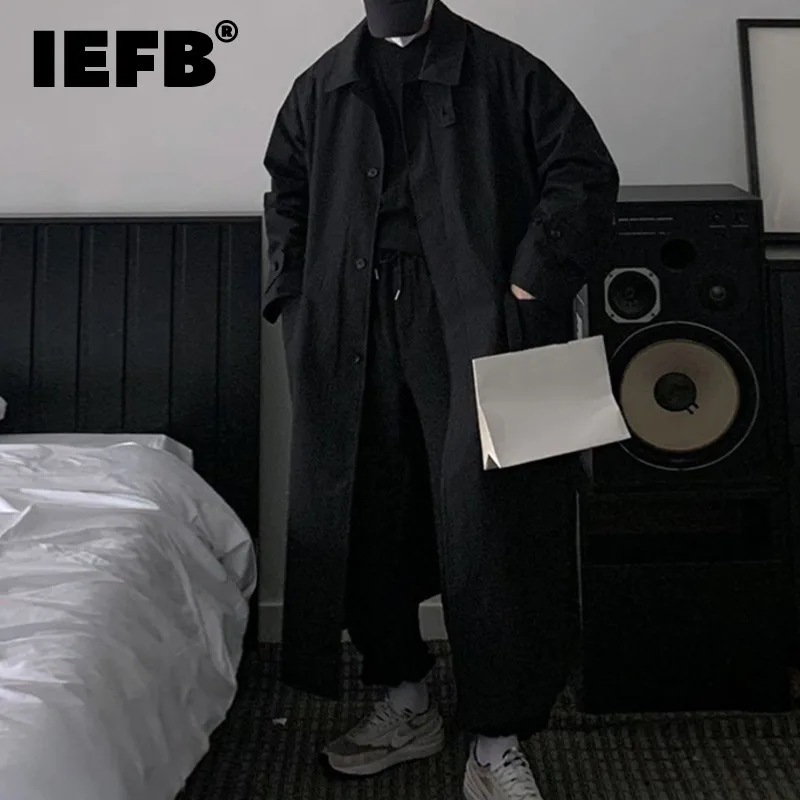
When choosing between down and synthetic insulation, consider these key decision factors:
Climate Assessment
– Primarily dry, cold conditions → Down advantage
– Frequent precipitation or humidity → Synthetic advantage
– Variable conditions → Consider hybrid or multiple specialized pieces
Activity Intensity
– High-exertion activities generate internal moisture → Synthetic or hybrid recommended
– Low-exertion or static activities (like ice fishing) → Down’s superior warmth excels
Budget Considerations
– Initial purchase: Synthetic typically costs 30-50% less than equivalent down
– Long-term value: Down’s longer lifespan may offset higher initial cost
– Frequency of use: High-use items justify higher investment in quality materials
Maintenance Willingness
– Down requires more careful cleaning and storage
– Synthetic tolerates regular machine washing and less careful storage
– Both last longer with proper care, but down is less forgiving of improper treatment
Finding the perfect winter coat length that complements your chosen insulation type ensures comprehensive protection against winter elements while maintaining mobility for your typical activities.
FAQs About Down and Synthetic Insulation Warmth
Is higher fill power always warmer?
Not necessarily. Fill power indicates efficiency, not absolute warmth. A greater quantity of lower fill power down can be warmer than a smaller amount of higher fill power down. Always consider both fill power and fill weight when assessing warmth.
How effective are hydrophobic down treatments?
Hydrophobic treatments significantly improve down’s water resistance but don’t match synthetic insulation in prolonged wet conditions. They typically allow down to resist light moisture for several hours and dry approximately 30% faster than untreated down.
Can synthetic ever match down’s warmth-to-weight ratio?
Current synthetic technology hasn’t matched premium down’s warmth-to-weight ratio in dry conditions. The best synthetics remain approximately 30-40% heavier for equivalent warmth. However, in wet conditions, synthetic insulation far outperforms even hydrophobic down.
How do temperature ratings compare between sleeping bags and jackets?
Sleeping bag temperature ratings follow standardized testing methods (EN/ISO ratings), while jacket ratings remain largely manufacturer-specific. Jacket temperature ratings should be considered guidelines rather than guarantees, as activity level and individual metabolism significantly affect perceived warmth.
Which insulation type lasts longer?
With proper care, down typically maintains its insulation properties longer than synthetic. Quality down can retain most of its loft for 10+ years, while synthetic insulation gradually loses loft after 5-7 years of regular use. However, synthetic better withstands frequent washing and compression.

